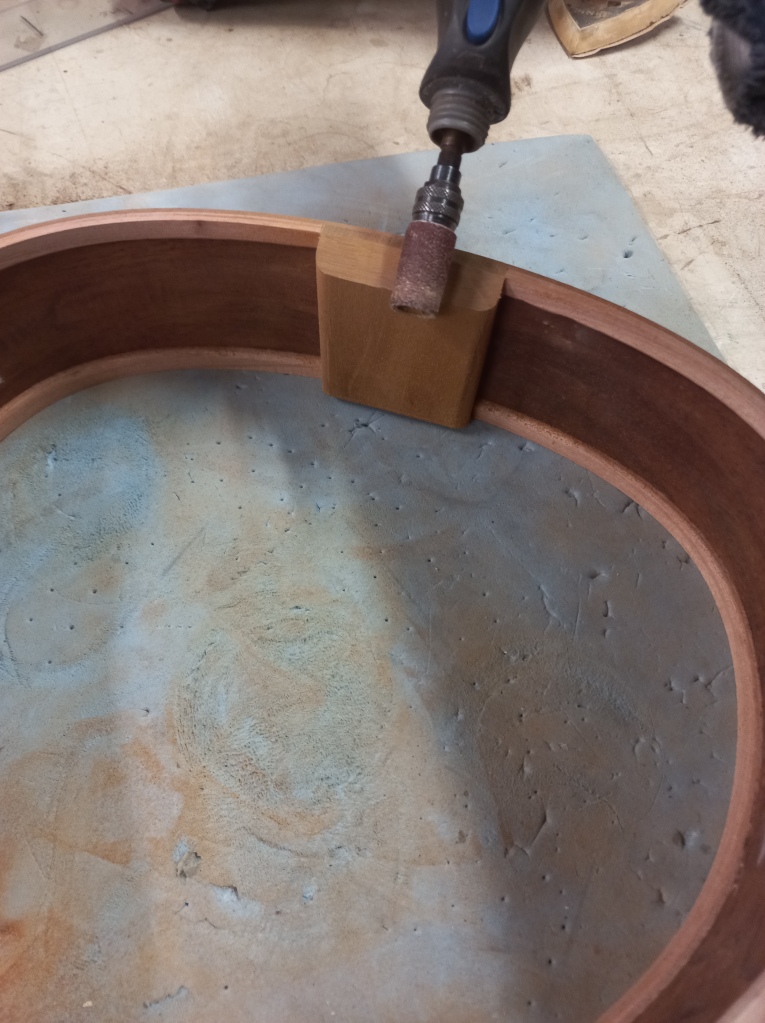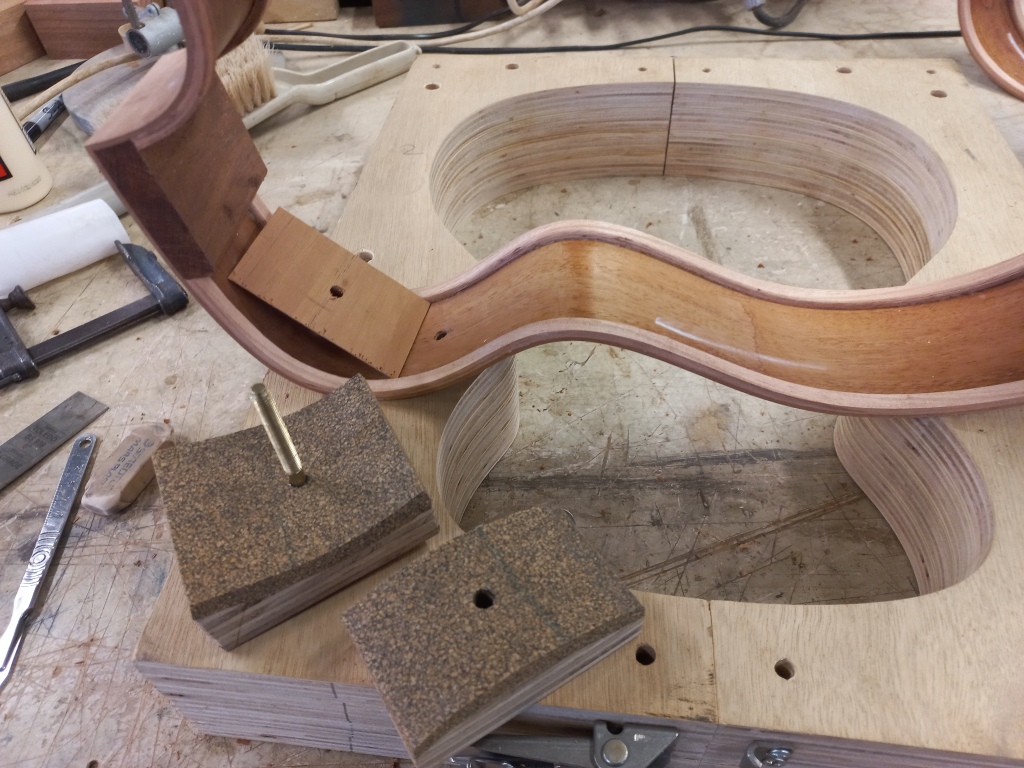First off – A HUGE apology. I did say that I was going to document all of the steps in this build which I did up until the half way point. But then life got in the way and I found the writing slipping behind the production and before I knew it there was hours of work needed to catch up with the photography editing and writing and it slipped down the priority slippery slope. Apart from being a bit more CNC driven, all of the steps were similar to the processes I have already detailed during previous builds. If there is anything you really need explaining, send me a message and I’ll swamp you with so much detail you will wish you never asked.
So, I ended up with 3 jumbo baritone ukes and a jumbo ubass. The ubass is a lot of fun with those big fat bass notes. It is strung with Aquila thunderbrown strings which to me sound fabulous but I dont have a lot to compare it to as this is the first ubass I have built. I was concerned about how the JJB twin piezos would work with the string tension and low frequencies but there is plenty of gain and it sounds good even through my Vox guitar amp. The headstock might be one of those love it or hate it things. I wanted to keep the weight down and avoid that huge wingnut look. It goes off to its new owner this weekend who I hope will be happy with the result. The baritones have plenty of volume and a deep rich tone from the mahogany. I have tuned them to Bari pitch but I expect their new owners will try and tune them up to regular low G tuning and I’m not sure the worth brown “strong” strings will take it. Time will tell.
One of the Baritone ukes is destined to be the prize at the charity raffle at the Mandurah Uke Fesival in April in support of Mums Cottage. The tickets aren’t available yet and I dont know if they will be available for presale or remote sale but I might link to it when the committee get that bit of the festival organised.
And that is about it for a while. I’ve made about 65 instruments over 13 years and have decided to take a step back to refresh my batteries. I’m thinking of dipping my toe into silversmithing and particularly lost wax casting of jewellery. Something new and fresh to learn. I expect I will come back to uke making but it might be a couple of years before I start working with wood in this way again.
I’ll still be monitoring this site so if you have any questions please get in touch.
Cheers
Paul





























































































































You must be logged in to post a comment.